The modern dance movement began in the early 1900s as a rebellion against the formality and structure of ballet. Dancers wanted to move freely and naturally through space, not just vertical high as was typical of ballet. They wanted to be free of toe shoes and grasp the floor with bare feet. They wanted to involve the whole body in their dance, using torso, shoulders, head, arms, hands, even fingers. They wanted to incorporate the facial expressions that accompany the feelings and emotions of dance. Most importantly, they wanted their dance to be not just an intellectual and physical endeavor, but a creative one as well!
Modern Dance was born; a dance discipline retaining some ballet technique, expanding upon it and freeing it to encompass the exciting world of total body involvement and creative expression. Modern dance may look jazz like, balletic, lyrical or totally different – creating its style for the mood being explored. The Lion King on Broadway, for instance, is modern dance.
Creative Movement for 4-6 year-olds is my simplification of Modern Dance, focusing not so much on set technique but more on the natural movements and creative intuitions that evolve when exploring the feelings and emotions of dance.
Simply, Modern Dance is a creation of movements to match a dancer's feelings and purpose. Any moves are fine as long as you learn to execute them well and with meaning.
The Two Faces of Modern Dance
Technique
Modern dance expands on traditional ballet technique, freeing it to encompass the exciting world of total body involvement and creative expression. Modern dance was born when ballet dancers wanted to free themselves from the rigid structure of ballet to embrace and explore the possibilities of unlimited movement choice. In all of my classes, students learn technique (dance steps and combinations) through inventive, exciting, original choreography that is structured specifically for each age and ability level, always to fantastic music. Music is a very important sensory ignition for children. Using great music from every category of music is an important part of my program. Most class levels learn two choreographed dances throughout the school year, with the oldest level learning more and the youngest level learning only one choreographed dance.
Creative Improvisation
Creative improvisation is unique to the modern dance form. From the delightful movement poems that Ginny Martin wrote for the youngest dancers to the sophisticated improvisational story exercises explored by older dancers, improvisation invites the dancer to use their own creative instincts as they move through space, encouraging them to trust themselves as they invent movement of their own. Inprovisation allows dancers to incorporate movement they've learned elsewhere in class, possibly changing that movement to dance it faster or slower; higher or lower; or with different emphasis. Through improvisation students are guided to explore the personality that might accompany their dance as it unfolds.
We explore approximately 24 strange and different improvisational exercises throughout the dance year at every dance level. Every improvisational exercise has a different purpose in developing the awareness of the dancer. Some improvisations are as simple as dancing with scarves and ribbons to motivate upper body movement. Others are as delightful as dancing the various movement poems that Ginny Martin wrote especially for the young dancer. Some improvisation explores sadness, joy or loose and floppy movement. Improvisational exercises may invite the dancer to try out a new step that we've learned in class, experimenting with it in different ways. Many of my improvisations incorporate interesting partnership movement. Others imitate life in a more dramatic and sophisticated manner allowing the dancer to burst into space with wonderful dance energy. Without a doubt the creative improvisation incorporated in my dance program makes Modern Dance with Ginny Martin and Dana Yager uniquely child friendly. It's not just fun. It's empowering for children to be encouraged in a safe and motivating way to trust themselves as they move through space making their own creative choices. It builds immense confidence in children.
Some children are strong technique dancers, loving to be involved in the learning of new steps and interesting patterns of movement. Other children are very good improvisational dancers enjoying the freedom to create their own movement with guided story. A child's natural strength and success in one aspect of modern dance eventually provides the confidence to tackle the aspect of modern dance that may not come as naturally for them. Eventually, as the dancer matures, these two integral parts come together to create a graceful, confident, expressive dancer.
